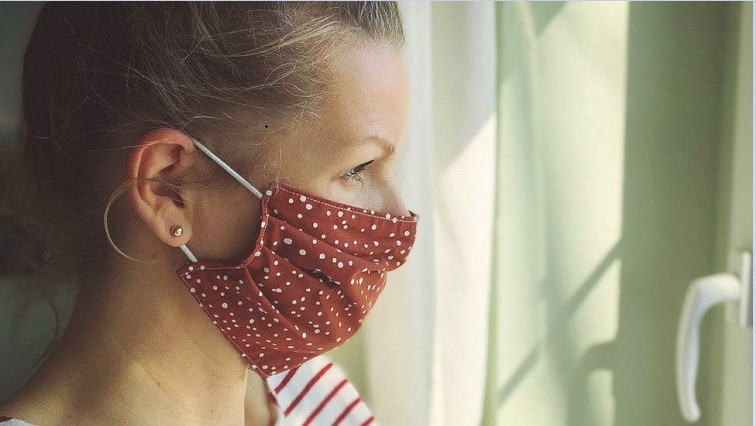According to World Health Organisation (WHO) guidelines, N95 masks or double masking protects people to a great extent from Coronavirus. But the drawback is that people feel suffocated after wearing them for a long time. Besides, N95 are costly and thus unaffordable for many. Instead, people resort to cheaper and readily-available cloth and silk masks. Indian Institute of Technology Guwahati researchers have come up with a viable solution; they have developed a ‘Nanometer Thick Superhydrophobic Coating’ material to modify ordinary cloth or silk masks that will maintain comfort but offer better protection against aerosol-driven infections such as Covid-19.
Basically, the technology will modify the easily-available cloth mask into a hydrophobic mask to repel virus-laden droplets and avoid breathing difficulties even when worn for a longer period of time. Another advantage is that these masks are versatile and can be used with other additives such as antibacterial nanomaterial for additional protection against viruses. The research was led by Arun Chattopadhyay, department of chemistry and Centre for Nanotechnology, IIT Guwahati and Partho SG Pattader, department of chemical engineering, School of Health Science and Technology, and Centre for Nanotechnology, IIT Guwahati.
Chattopadhyay said, “A cloth mask is largely porous to aerosol and thus cannot effectively prevent Covid-19 type infection. Although they are still better than wearing no mask, an improved version that would prevent the entry or exit of the aerosol from the modified cloth mask was needed. We have worked on that based on the principle of repulsion of the aerosol by the modified cloth while allowing the air to flow through the mask. A simple coating of the hydrophobic molecule on the silk cloth worked well here.”
Breathability was tested by measuring oxygen permeation through the mask with the help of an instrument called Gas Chromatography. The penetration of oxygen reduces by only 22% for the modified Eri silk mask compared to the natural Eri silk mask, whereas for N95 the reduction for natural Eri silk came out to be around 59%. Hence, the modified silk mask is way more breathable than the N95 mask but with almost similar protection against aerosol-driven infections.
Read the original article on The Indian Express.







